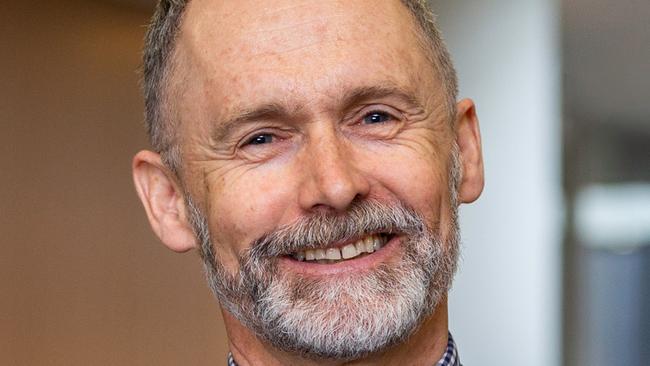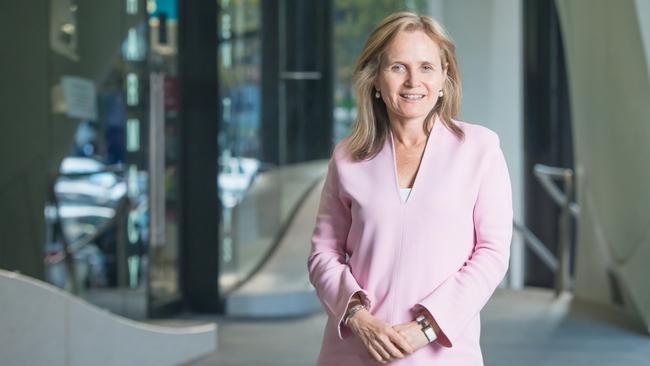HIV virtually eliminated in inner city Sydney
The area from Sydney’s Potts Point to Marrickville, once the centre of the HIV epidemic in Australia, has had an 88 per cent decline in the number of diagnoses from 2010 to 2022.

HIV has been virtually eliminated in Sydney’s inner city, once the HIV epidemic centre in Australia.
Inner-city Sydney from Potts Point to Marrickville, where more than 20 per cent of men are gay and bisexual, has had an 88 per cent decline in the number of HIV diagnoses from 2010 to 2022.
That is approaching the internationally accepted definition of ending AIDS as a public health threat, which is a 90 per cent reduction in HIV cases.
These “extraordinary” findings will be presented at the International AIDS Society conference into HIV science in Brisbane this week by head of the HIV Epidemiology and Prevention Program at UNSW’s Kirby Institute Andrew Grulich.
“If current trends continue, we will be reaching that (90 per cent figure) in the next year or two in inner Sydney,” Scientia Professor Grulich, who has been working in the HIV field since 1990, said.
“Thousands of people died, it’s just such an extraordinary change,” Professor Grulich said. “But it’s not a change that’s happened by magic. It’s been an evidence-based approach … It’s an amazing example of science, government and community acting together.”
But he highlighted the equity issues across Sydney and NSW.
“What we need to remember when we think about that exciting data is we’re not seeing those huge declines in outer Sydney. We’ve seen a decline, but a much slower decline. Only 30 per cent.”
New data by the Kirby Institute also showed statewide HIV diagnoses had fallen to 56 per cent over the past decade, which is similar to national trends.
“The challenge, of course, is to maintain our focus on the inner-city because in the absence of a vaccine and a cure for HIV, if you take attention away from it, it will come rushing back … but at the same time, we must try to replicate some of those inner-city successes more broadly,” he said.
Part of the success in the inner-city has been the very high rates of testing, treatment and preventive measures. Ninety per cent of high-risk gay men were tested in the past 12 months and 80 per cent used PrEP.
“There is absolutely work ongoing now to try to increase access to testing and Pre-Exposure Prophylaxis, or PrEP, in west and southwest Sydney.”
Globally, HIV incidence has fallen by 38 per cent. Declines of about 50 per cent or more have been documented in the Netherlands, UK, Singapore and parts of the US, including New York and San Francisco. Zimbabwe, Nepal, Rwanda Eritrea, Lesotho, Eswatini and Malawi have had a greater than 70 per cent decline.

International AIDS Society president Sharon Lewin said the data on inner-Sydney was an “incredible feat of science and determination” and more broadly Australia “was poised to be one of the first, if not the first, countries to achieve virtual elimination of HIV”.
But there was “still a lot of work to do”, she said.
“We’re seeing these declines among gay and bisexual men and yet we are still seeing diagnoses in heterosexual people, which has not reduced and we’re seeing late diagnosis.
“That means people have had HIV for a number of years, which has already caused damage to their immune system. Close to 40 per cent are late diagnoses and it’s important to get on top of,” Professor Lewin said.
The biggest scientific goals for the broader HIV community would be a cure and vaccine, and “we shouldn’t stop until we get to achieve those outcomes”.







To join the conversation, please log in. Don't have an account? Register
Join the conversation, you are commenting as Logout